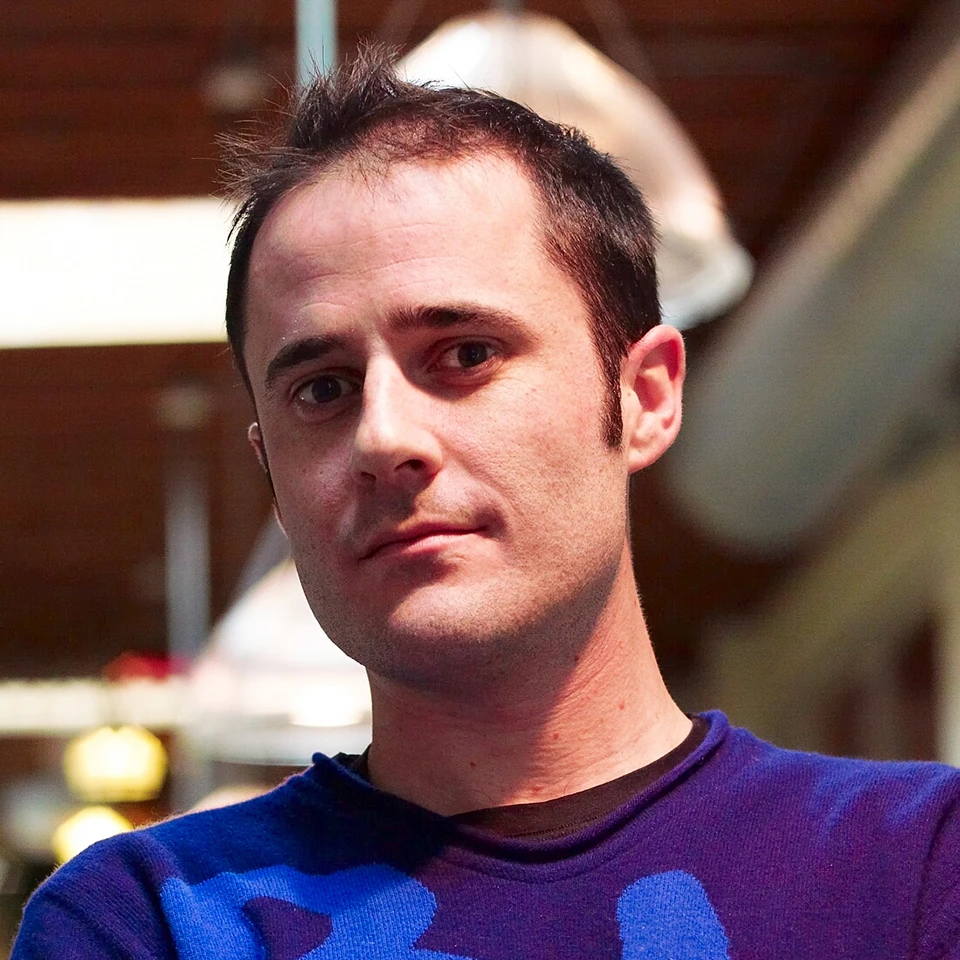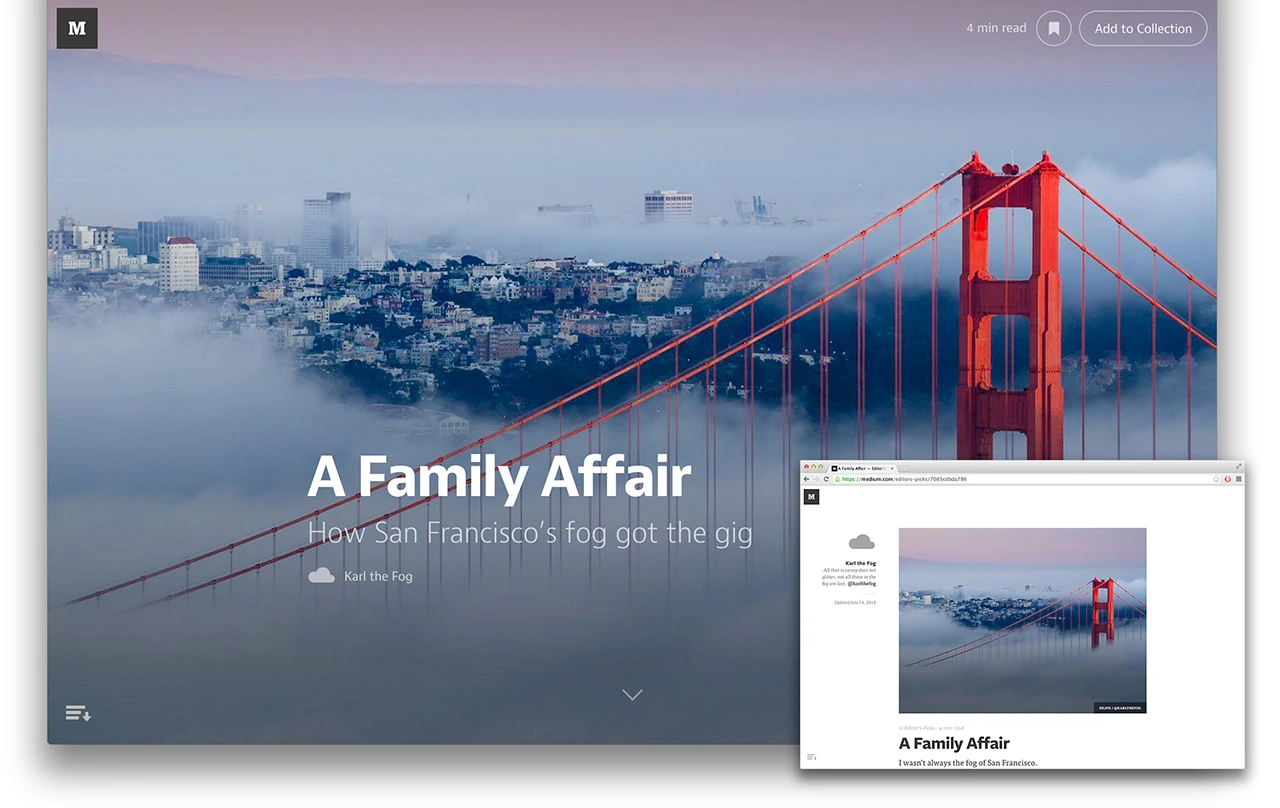“What is Medium?”
I’m far from the first to ask Ev Williams this question. Since he launched the blogging site with fellow Twitter cofounder Biz Stone a little more than a year ago, many others have wondered about Williams’s aspirations for Medium, which only recently made authorship privileges available to anyone with a Twitter account.
After a measured pause, he replies: “It’s a platform for publishing stories and ideas.”

The question for many has been how Williams wants to define the startup he refers to at one point in our conversation as “a big pile of stuff.” Does he want to turn Medium into something akin to a magazine that carefully curates the stories it features? A new kind of social network around longform writing?
Central to the idea of today’s Medium 1.0 release are the platform’s user-created “Collections,” which is what Medium calls groups of stories organized around a certain topic, such as photography, or food, or what’s trending now. In a sense, user-created Collections hosted on the platform are a bit like stand-alone publications. Williams’s plan is for the platform’s identity to be defined by the people who write for its most prominent and popular Collections–and who will continue to use Medium to build followings and brands of their own.
There are some very smart changes in today’s release, including a new layout for stories that more prominently highlights visual elements like photos or illustrations; more personalized home pages that include full-bleed cover photos like the ones you’d normally find on Medium’s story pages; and more options for authors to easily add visuals to the traditionally text-heavy posts found on the platform. Upon signing in, users are now greeted by a “Reading List” tab with a feed of suggested stories that Medium’s algorithms organize based on how much the platform thinks you’ll enjoy each piece (rather than chronologically). A “Bookmarks” tab lets you easily keep track of reads for later, and a “Top 100” tab is an easy way to see what other Medium users are reading and recommending.
In addition, a new “Collections” tab in the pull-out menu lets users type in keywords like “creativity” or “food” to find interesting Collections. Anyone on Medium can create a private or public Collection, but, to date, the majority of Collection owners have chosen to keep them open and free for anyone to contribute. The dilemma with this lax approach to curation, Williams says, is “you never really knew what you were going to get in a Collection.” That made it difficult to ensure a reader would consistently find relevant and high-quality stories within any given Collection.
So Williams and his team have designed the new version of Collections to be closed by default, with their original creators as the sole owners and curators. Now, anyone who wants to contribute a piece to a particular Collection will have to submit their story for review by the owner, who can be as choosy or lax about which stories to accept–much like how a magazine editor controls what ends up in her publication.

“People can compete to create the best Collections about fashion or tech or whatever their particular niche is, just like they do on blogging platforms,” Williams says. Unlike other blogging platforms, posts on Medium can be included in multiple collections, giving them more avenues to reach more audiences. For example, a post on Egypt can be included in both a travel-themed collection and a politics-themed collection. With a little help from Medium’s algorithm and a group of editors, an interesting story “proliferates within the system, just like a tweet gets retweeted out and reaches a very wide network,” Williams says. “That’s really the core concept here.”
An earlier version of this story quoted Williams out of context. He considers Medium to be a platform, and not a publication.
Recognize your company's culture of innovation by applying to this year's Best Workplaces for Innovators Awards before the extended deadline, April 12.







